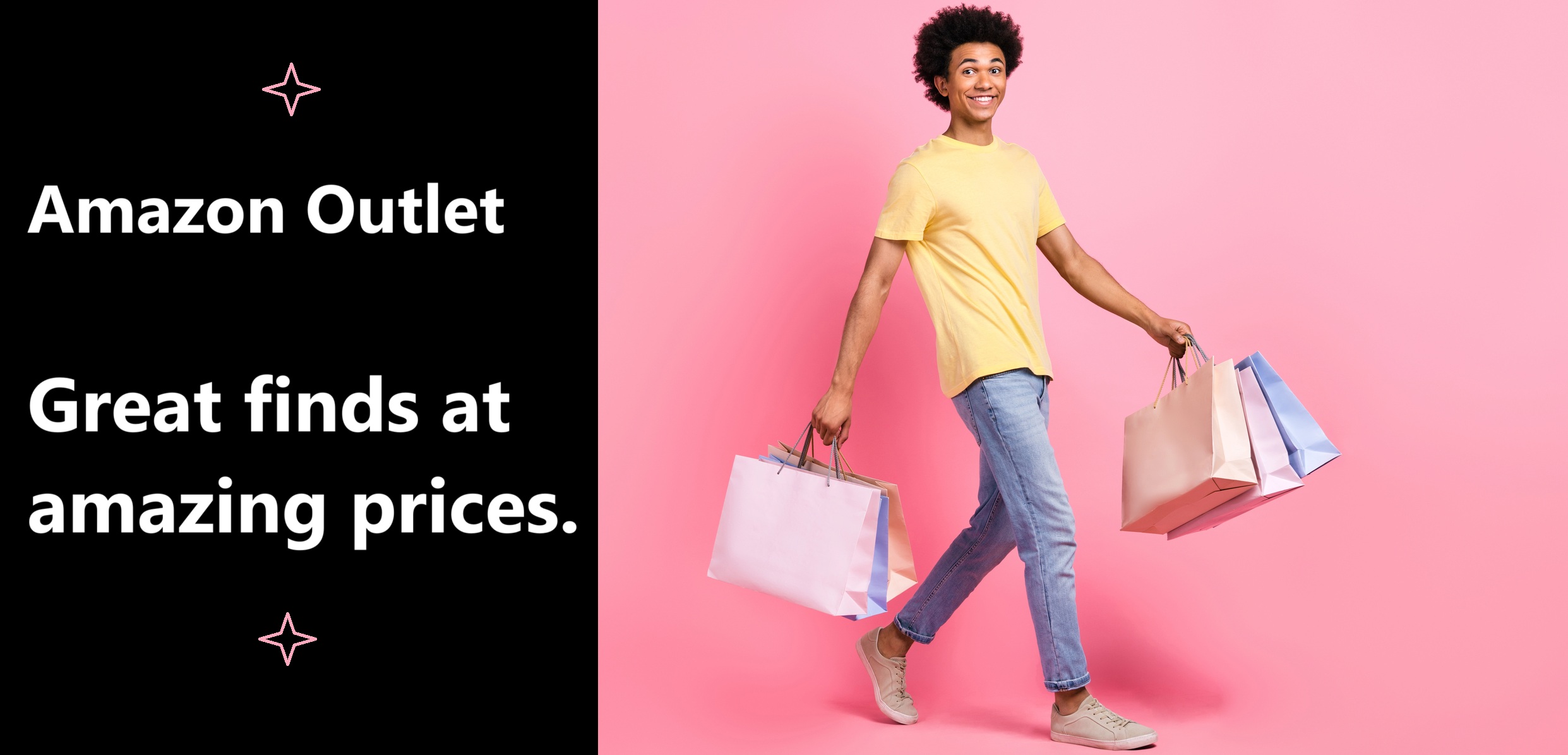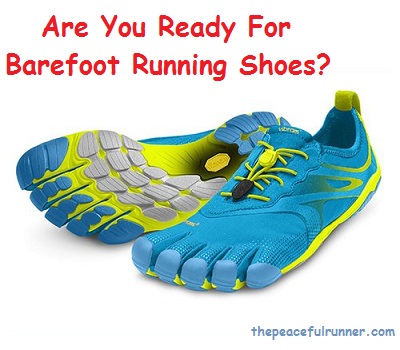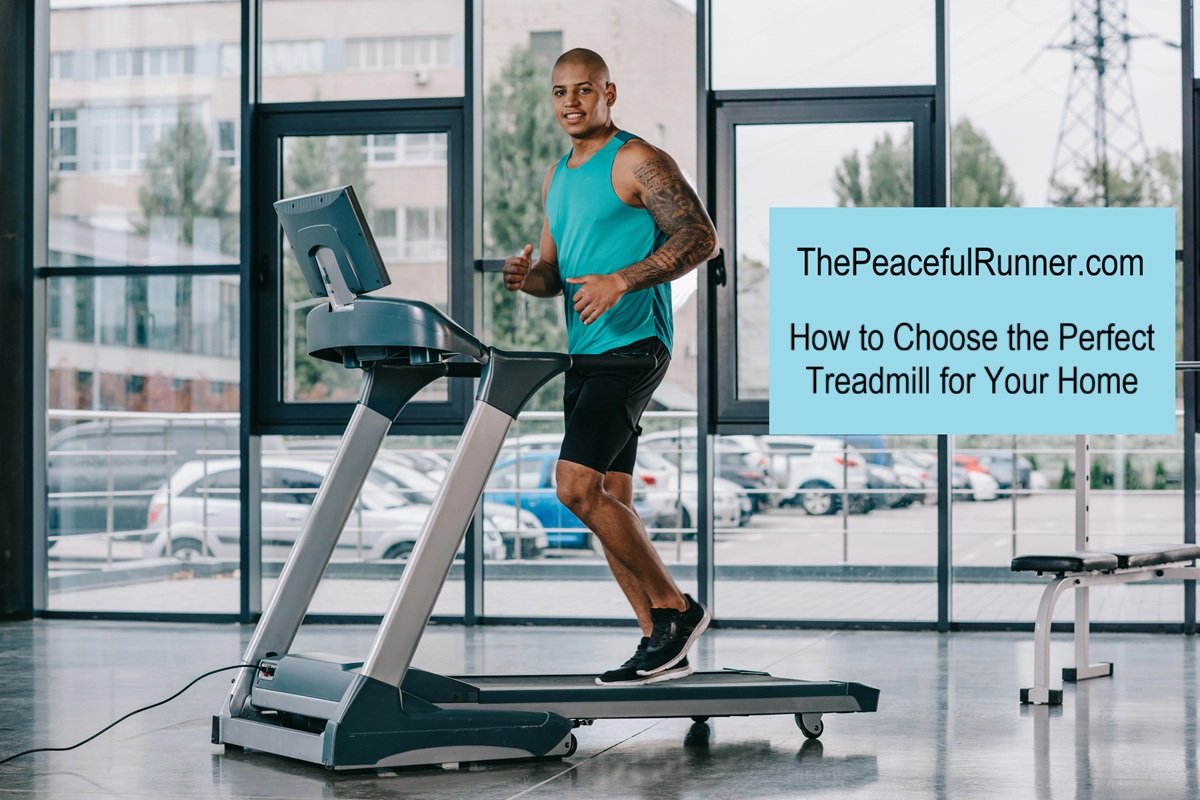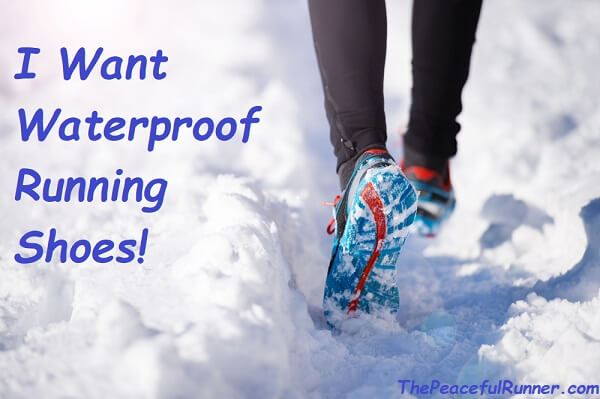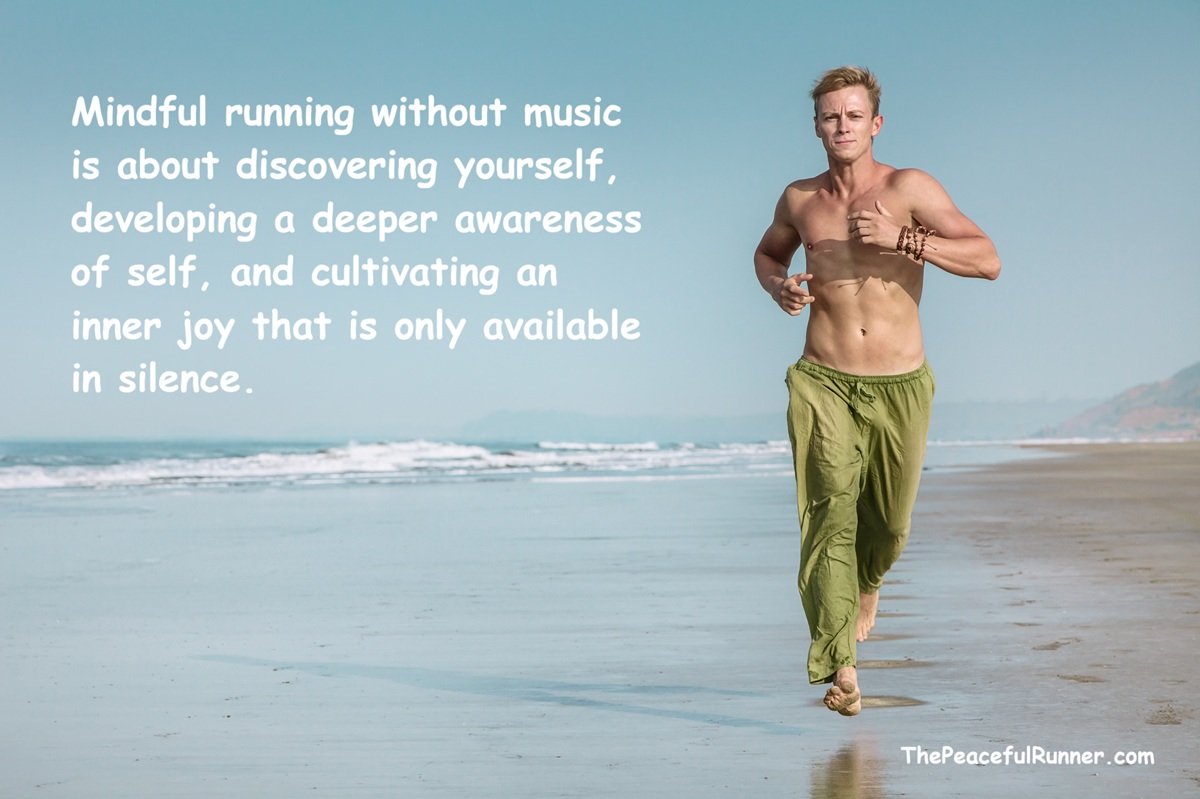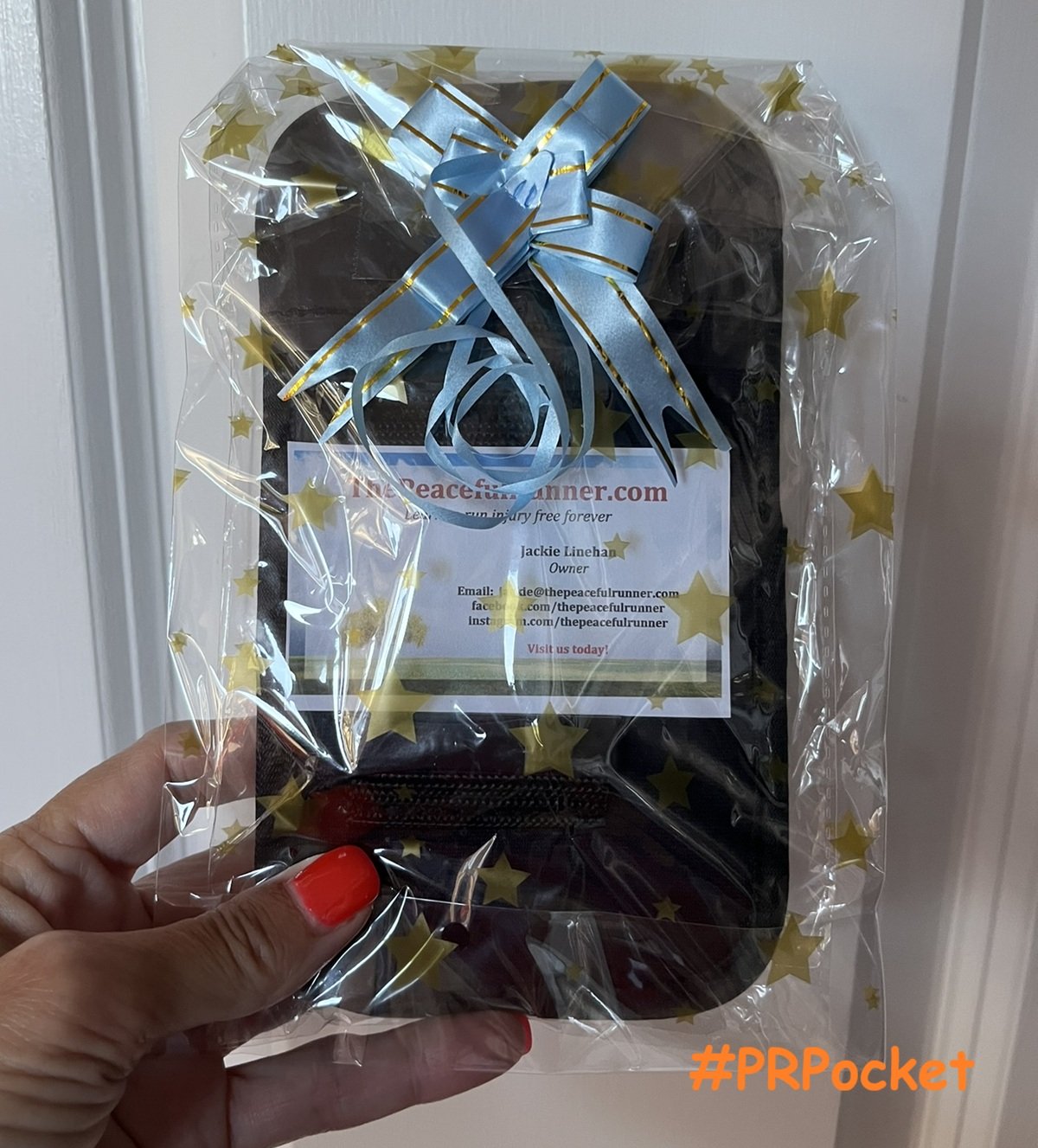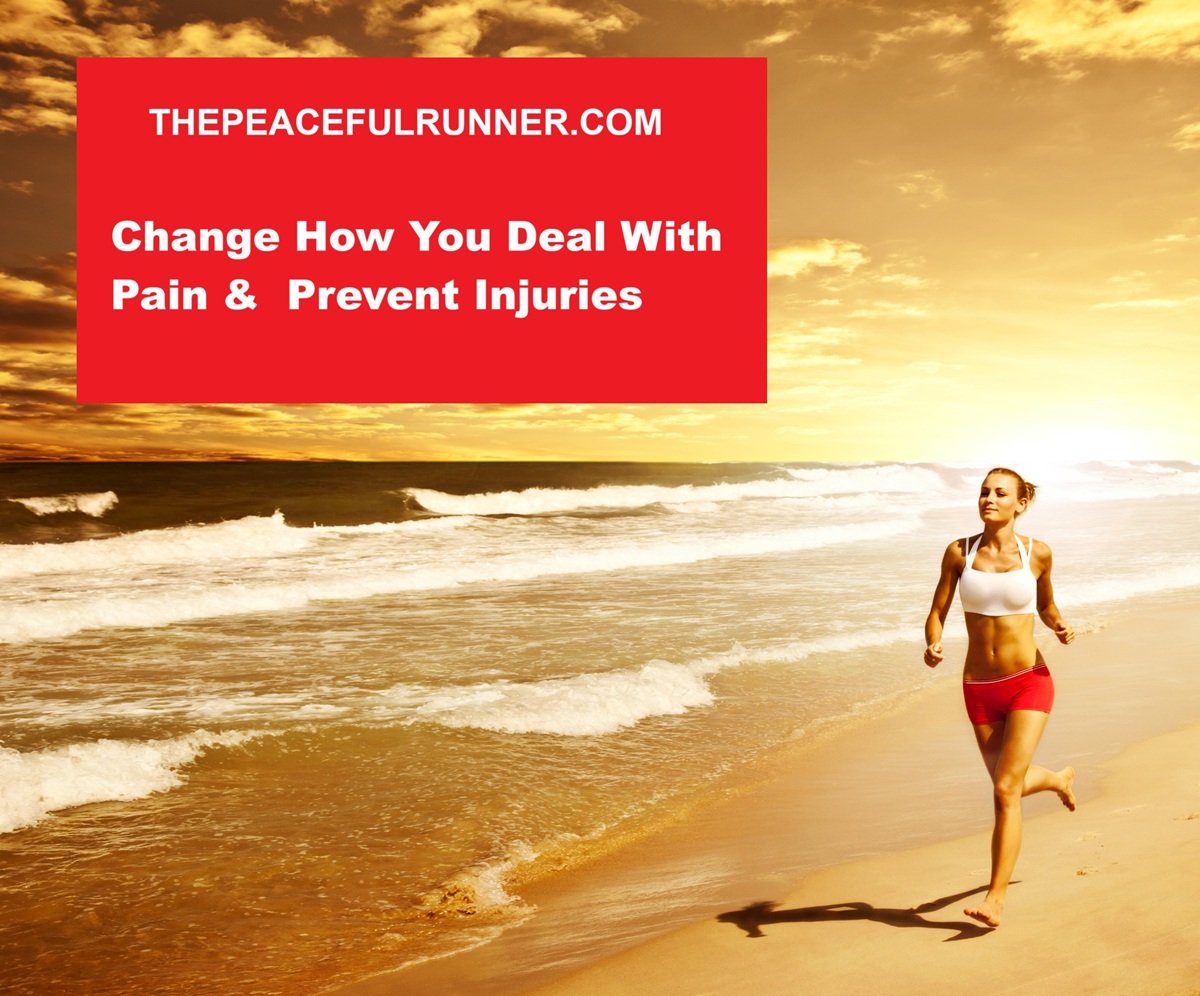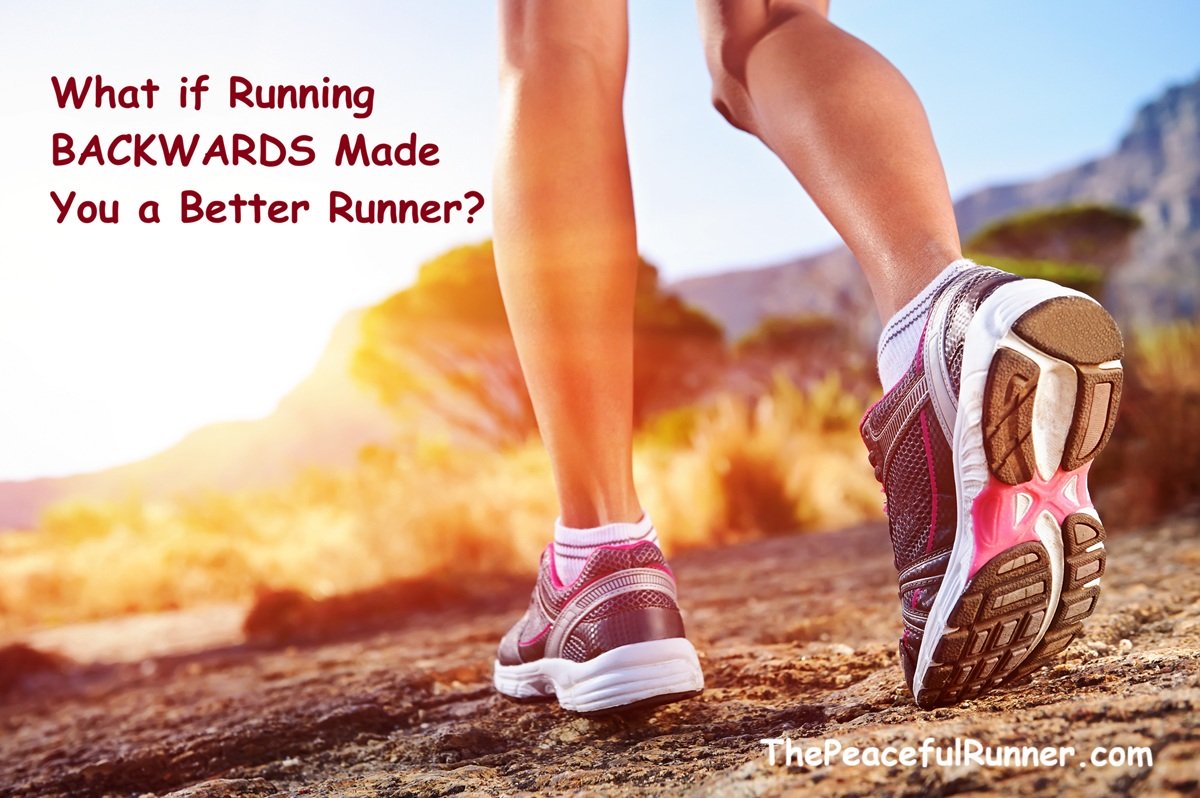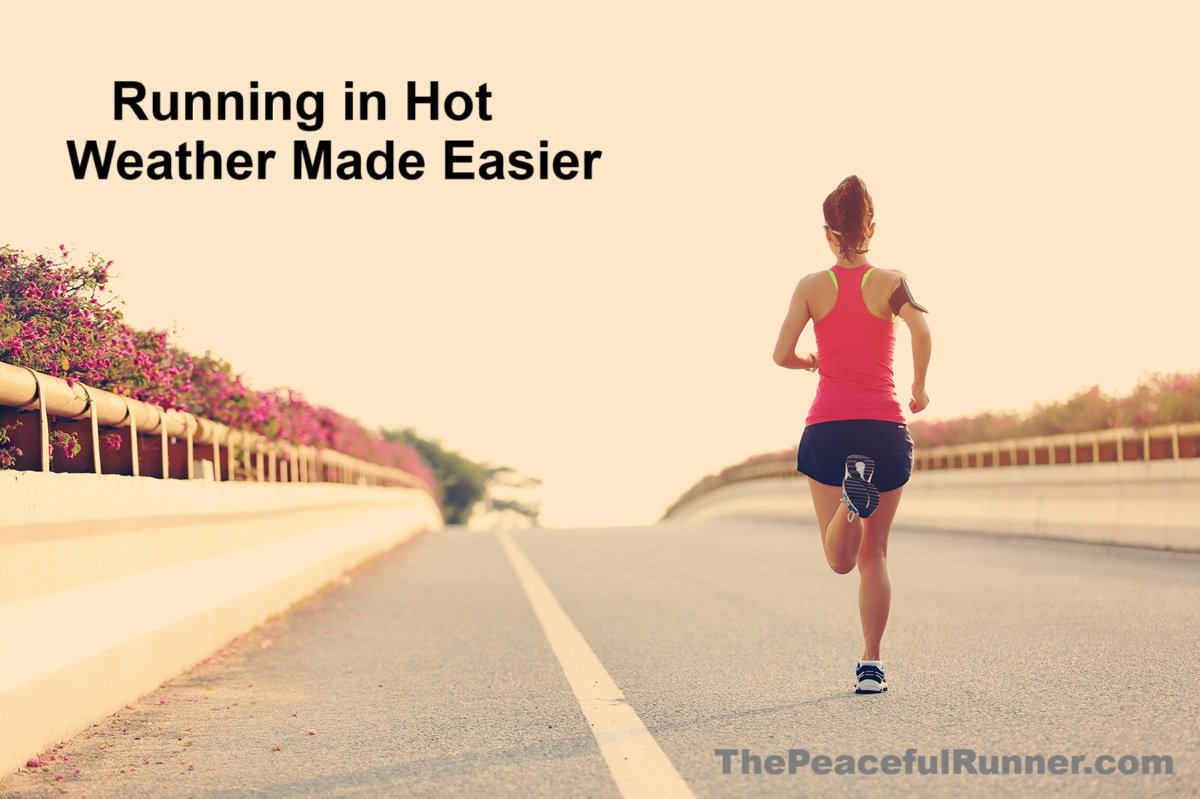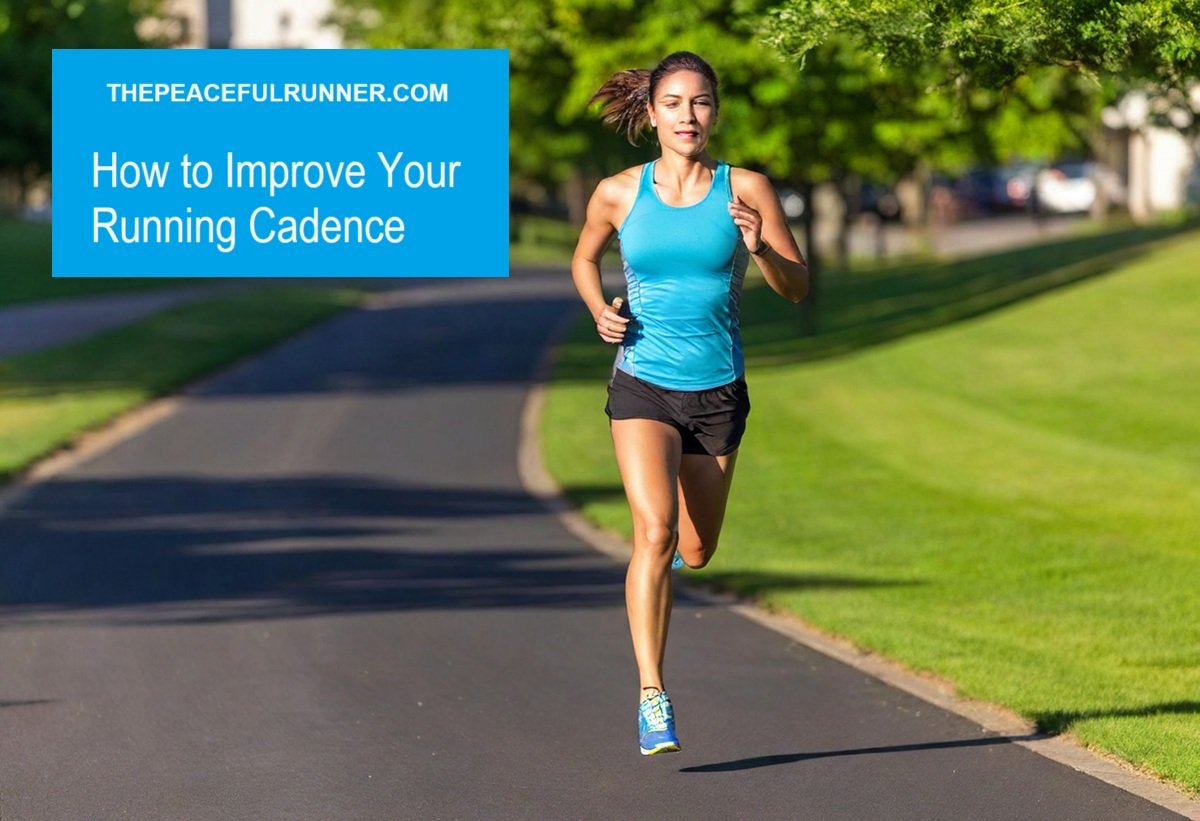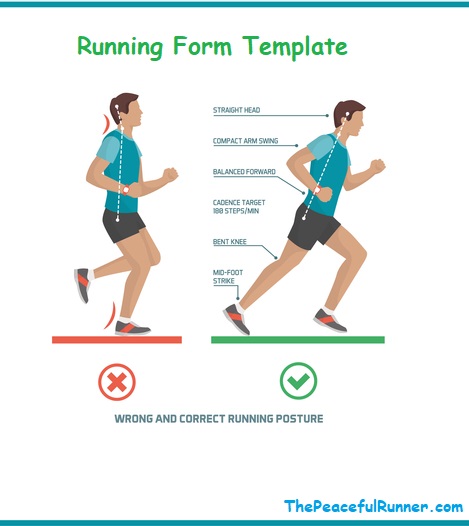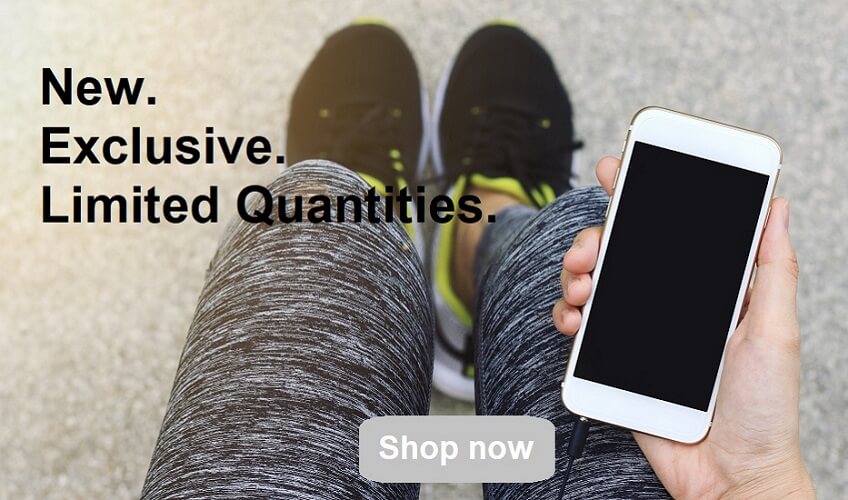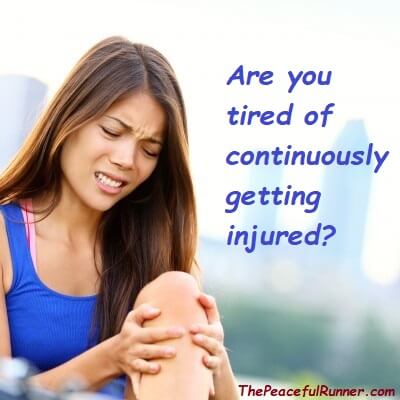- Home
- Barefoot Running
- Barefoot Running Shoes
Are you Ready for Barefoot Running Shoes?
FTC Disclosure: As an Amazon Associate, I earn from qualifying purchases. Learn more
Barefoot running shoes or minimalist running shoes can be seen everywhere today. Countless marathoners, ultra-marathoners and regular folks have discovered the many benefits of wearing these shoes or glove-like shoes in some cases.
Since more and more runners want to experience a more barefoot style of running, the demand for barefoot and minimalist running shoes have increased and we have so many choices now (see info on shoes below).
Running in completely bare feet does not appeal to most barefoot runners. We want some form of foot protection, but still want to experience the barefoot running style. Minimalist shoes allow runners to experience the freedom of barefoot running while still protecting our feet from glass, stones and debris.
True barefoot running shoes do not interfere with the natural movements of the foot. The essence of barefoot running is to receive instant feedback from the feet to which the body responds naturally. These shoes are lightweight and flexible and are designed to allow the feet to strengthen naturally. We learn to use our natural arches again as there is no arch or cushioning support in these shoes.
These minimalist shoes will have a thin, unpadded sole and there will be slight or no heel-to-toe differential (known as zero-drop). Your feet will not be restricted in these true barefoot running shoes.
Barefoot running shoes will strengthen the metatarsals, plantar fascia and the ligaments in our feet allowing us to use our natural arches. Our toes can splay more and our feet can spread more providing more support and a wider base for balance, stability and improved posture. We can feel how our body is impacting with the ground and make adjustments to lessen the stress of impact. We are forced to be more mindful and pay attention to how we are landing or we will experience pain.
“My research has led me to consider that by encouraging minimal footwear we actually make the foot stronger over time. The human body is a remarkable machine and is engineered to perform without the need for $200 running sneakers.”
-- Dr. Irene Davis, Director of the Spaulding National Running Center in Cambridge
If you are new to barefoot running, you will need to transition to your new barefoot running shoes slowly. Keep in mind when you are making your purchase how quickly you want to transition to running in your new shoes.
The greater the difference (support and heel-to-toe differential) between your old shoes and new shoes, the longer it will take you to transition to barefoot running. It is probably a good idea to try walking in your new shoes for a few weeks and then gradually incorporate short running sessions. Walking barefoot or in flat flip-flops will also help condition your feet and allow for a wider toe and foot spread.
Another more radical method of transitioning to barefoot running shoes is to run totally barefoot for very short distances and then wearing shoes for the remainder of the run. Running totally barefoot helps improve barefoot running form quickly.
What Barefoot Running Shoes Are Available?
Click here for: Waterproof Minimalist Running Shoes
Currently, there is a vast selection of barefoot running shoes available. More than ever I believe. I want to try all of them 😀
However, the first most popular barefoot running shoe was the Vibram FiveFingers. They were initially introduced for boating and water sports, but they quickly became popular among runners who wanted to enjoy a barefoot running feel while still protecting their feet.
The Vibram FiveFingers are available in a variety of models, styles and colors. They vary in weight but average around 5.7 ozs. The heel sits a mere 7.2 mm high. This is a considerable change from the average cushioned running shoe heel which is approximately 35 mm high.
These barefoot running shoes have a unique design with 5 toe pods. The toe separation eliminates many foot problems that runners often experience such as athlete's foot, chafing and black toenails from running. As these shoes have zero cushioning, you will need to slowly transition to them.
Choose a model that has a great fit and is comfortable for you. Each style has a different feel. They should be worn loose and can be worn with or without socks. The average retail price is approximately $130 US. My favourite style is the V-Run.
Vivobarefoot Primus
Vivobarefoot Primus running shoes are designed for the ultimate barefoot experience. The Primus Lite and Trail were the first in the line but it has since expanded to include a wider range to support the barefoot lifestyle. These shoes have a distinctive big toe flex point and a wide lower lace gusset to allow for easy movement in lightweight, breathable material.
All materials are 100% vegan. There is zero heel to toe differential and some shoes in this range include a removable sock liner for versatility and quick drying.
The Primus Trail Shoes are great for rough terrain while maintaining a lightweight, comfortable and breathable design with a sticky sole providing superior grip.
Merrell Vapor Glove 6
The Merrell Vapor Glove 6 is a great looking shoe with a light Vibram sole. It has a very thin 6-millimeter heel height and zero heel-to-toe drop, providing a true barefoot feel. Reasonably priced at approximately $100 US.
Xero Mesa Trail 2
The Xero Mesa Trail 2 is one of the best-selling trail shoes. It has a removable insole for those who want a more minimalist running experience. With it's wide toe box, zero heel-to-toe drop, 5mm FeelTrue sole, and an outer sole with 3.5mm lugs, the Xero Mesa Trail 2 makes a great choice for a minimalist trail shoe.
INOV8 BARE-XF 210 V3
The INOV8 Bare-XF 210 V3 is another great barefoot running shoe. It is super flexible, super light, and has a very grippy outsole. This zero drop shoe has a roomy toe box and a cozy, close to the ground feel. Price range $100-120 US.
Waterproof Minimalist Running Shoes
Barefoot runners have a greater requirement for keeping their feet warm and dry as most minimalist running shoes provide very little protection in cold and wet conditions. This can be particularly challenging for us as we do not want to compromise minimalist standards. We want to wear shoes that keep us dry and warm and still allow our feet to feel free to move as nature intended.
Finally, there are more and more options are becoming available that support the barefoot style in cold and wet climates.
HOBIBEAR Unisex Minimalist Shoes
HOBIBEAR Unisex Minimalist shoes, which are available at a modest price, make a great choice for a winter barefoot style running or walking shoe. The Synthetic (PU) Leather Upper provides very good protection from rain and wet weather and also makes them easier to clean. The non-slip rubber outsole adds friction and traction and prevents slipping on slippery or wet surfaces.
A wide toe box and zero drop design allow for the natural movements of the foot and the memory foam insole provides maximum comfort.
Xero Mesa Trail Waterproof Running Shoes
The Xero Mesa Waterproof Trail Running Shoes is the waterproof version of the Mesa Trail II. You will be comfortable in damp weather with the fully waterproof yet breathable membrane that keeps moisture out while allowing heat and sweat to escape.
It is a true waterproof barefoot trail running shoe with zero drop sole, wide toe box and low to the ground design. Despite their minimalist build, they offer reliable traction and protection for uneven or rocky terrain.
Vibram Fivefingers V-Trail 2.0
The V-Trail 2.0 is more water repellent than previous versions, offering more freedom on the trails during cold, wet weather. With the added protection of 3D Cocoon mesh technology on the upper and the Megagrip rubber outsole, you will feel comfortable and confident on rugged trail surfaces.
Vibram FiveFingers V-Trek Insulated Trail
Another option from Vibram is the V-Trek Insulated trail running shoe, which also offers water resistant protection with zero drop heel-to-toe ratio. The fleece lining combined with the wool and synthetic blend exterior upper will keep you warm and comfortable in all conditions. It also has a Megagrip rubber outsole for superior grip in both wet and dry conditions.
Merrell Vapor Glove Luna Leather
If you want to continue to run in barefoot running shoes during the winter when it is cold and wet, the Merrell Vapor Glove Luna Leather is a good choice. It is not promoted as a waterproof running shoe but many barefoot runners say that it really helps to keep feet warm and dry in wet conditions. It has a soft, full grain leather upper and breathable mesh lining for a comfortable sock-like feel. I have a pair of these and I love them. Nice wide toe box and warm for those cold wet days.
Merrell Trail Glove
Another option from Merrell is the Merrell Trail Glove. It is also not promoted as a waterproof shoe but is a popular choice for barefoot runners in slippery, wet conditions. The Vibram outsole and trail protect pad offers underfoot protection and water resistance and with zero heel to toe ratio, it maintains minimalist standards.
Altra Lone Peak All-Weather Low RSM
A waterproof option for the minimalist runner who likes a thicker outsole (25mm) is the Altra Lone Peak All-Wthr Low RSM. It has 0 mm heel to toe drop and a roomy toe box for a more natural running feel. It is lightweight, provides breathability, and has great traction over rough terrain. The RSM collection provides protection against rain, snow and mud!
Vivobarefoot Primus Trail Winter FG
Vivobarefoot have another option for keeping your feet warm and dry during wet weather. It is the Vivobarefoot Primus Trail Winter FG. These vegan shoes are water resistant with a firm ground outsole and low-profile lugs designed for great traction on trails and slippery terrains. Get all the essential barefoot principles and allow your feet to move as nature intended with the best possible outdoor barefoot experience while keeping you dry and comfortable.
Cheap Barefoot Running Shoes
If you want to try a cheaper option, these Cheap Barefoot Running Shoes are flexible, have removable insoles and provide good water drainage. They help keep feet warmer when winter barefoot running.
For more minimalist running shoes, check out:
Minimalist Running Shoes for Women
Minimalist Running Shoes for Men
Need help adapting to a barefoot running form? Check out this article: Easily Improve Your Barefoot Running Form
Back to top of Barefoot Running Shoes
Return to Barefoot Running
- Home
- Barefoot Running
- Barefoot Running Shoes
FTC Disclosure: As an Amazon Associate, I earn from qualifying purchases. Learn more
NEW FEATURE - DISQUS COMMENTS!
Login using Facebook, Twitter, Google or Disqus.
Recent Articles
-
How to Choose the Best Treadmill for Your Home
Dec 10, 25 07:13 AM
-
Winter Running Tips and the Best Waterproof Running Shoes
Nov 15, 25 01:55 PM
-
When the Music Stops, Awareness Begins
Nov 05, 25 10:54 AM
-
Get yours in time for gift giving!
Oct 24, 25 12:32 PM
-
Change How You Deal with Running Pain
Oct 10, 25 08:53 AM
-
Surprising Benefits of Backwards Running
Sep 15, 25 12:40 PM
-
It's an Awesome Product!
Aug 28, 25 09:25 AM
I went out for a walk this morning and I used the #PRPocket for the first time. I had to check at least 3 times because I thought I lost my phone (iPhone -
Running in Hot Weather: What Every Runner Needs to Know!
Aug 14, 25 01:00 PM
-
Sick of Dieting? You’re Not Alone — And There Is a Better Way.
Jul 30, 25 12:18 PM
-
Tips and Drills to Improve Your Running Cadence
Jul 25, 25 12:52 PM
